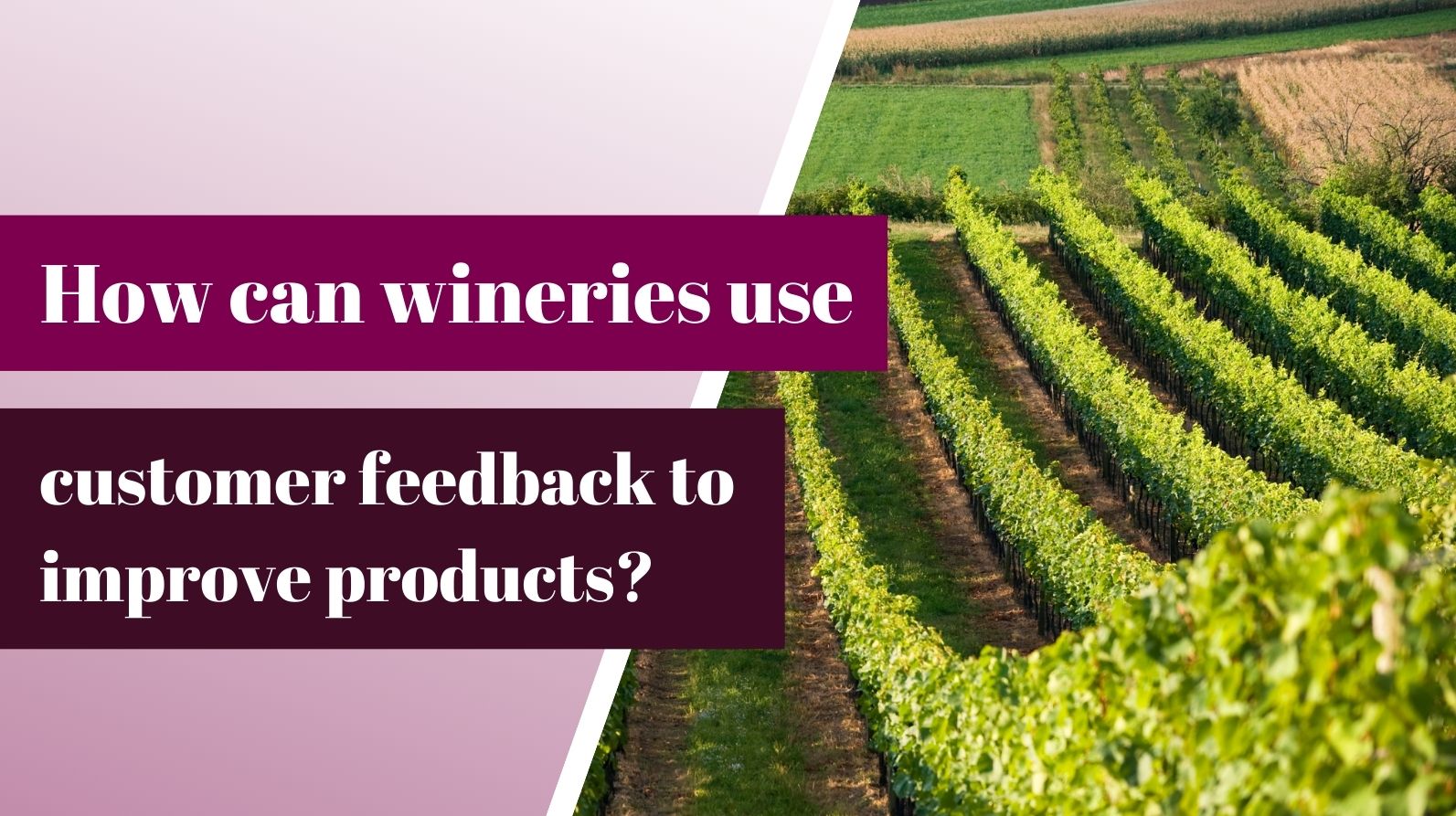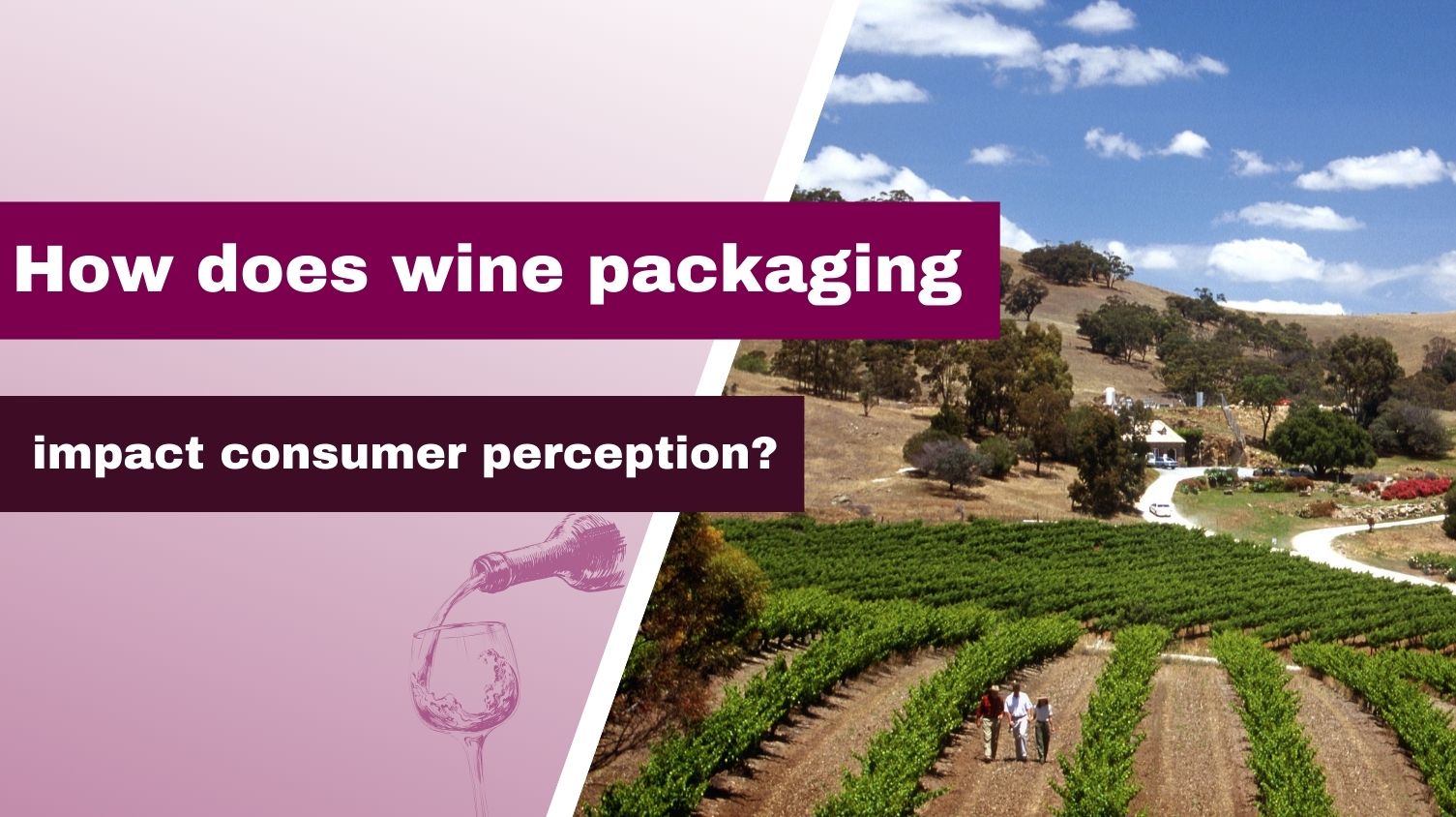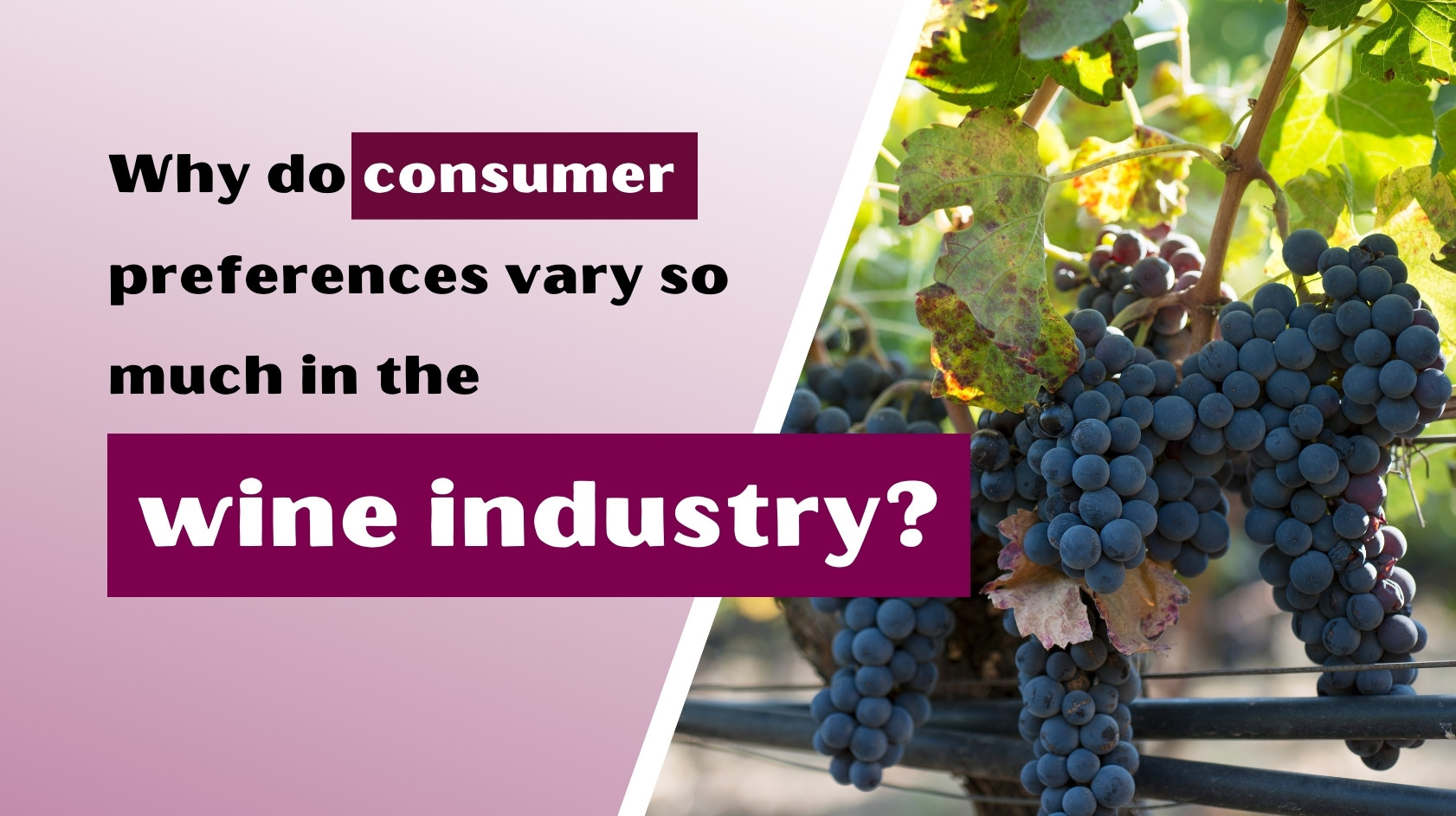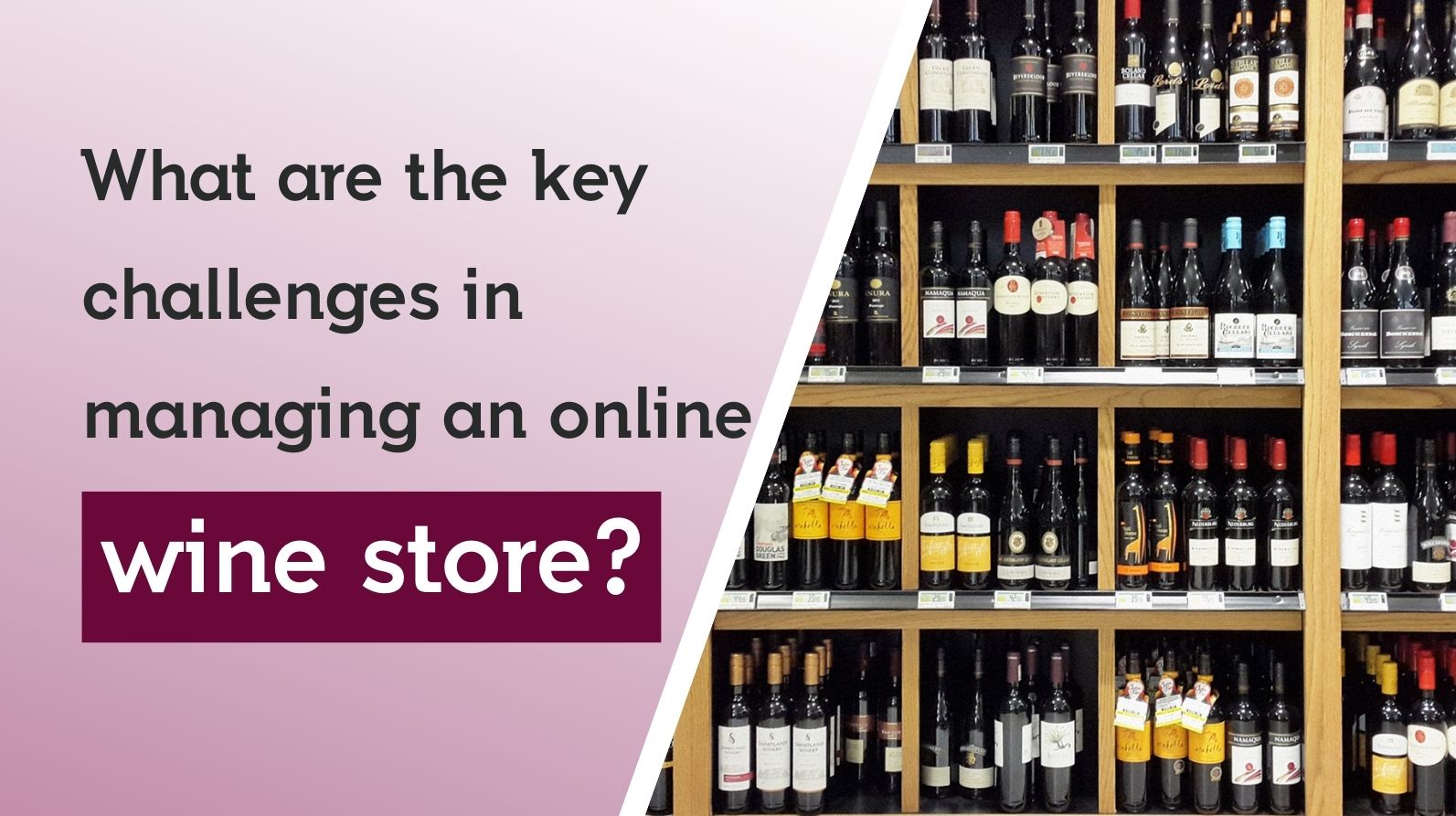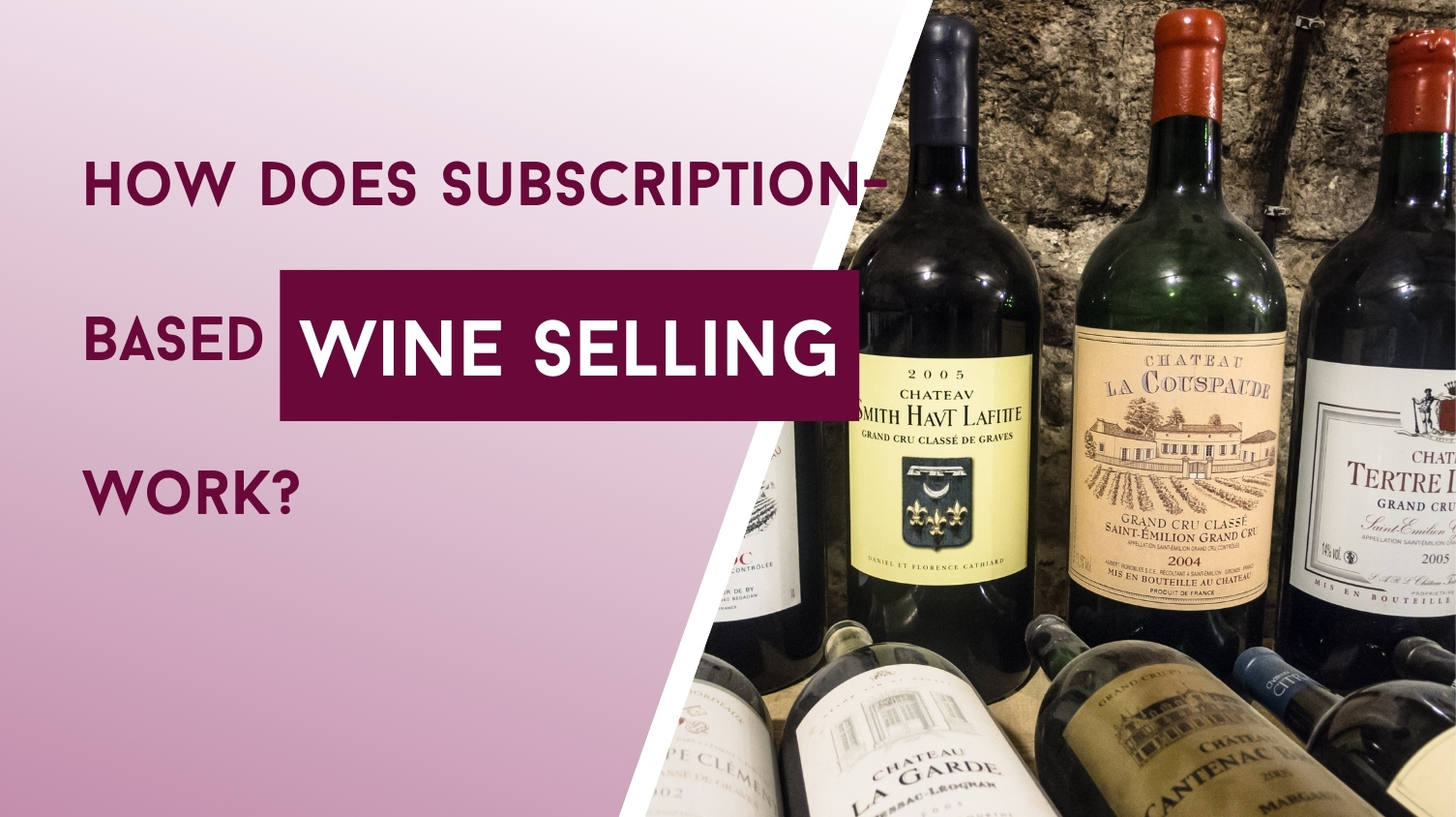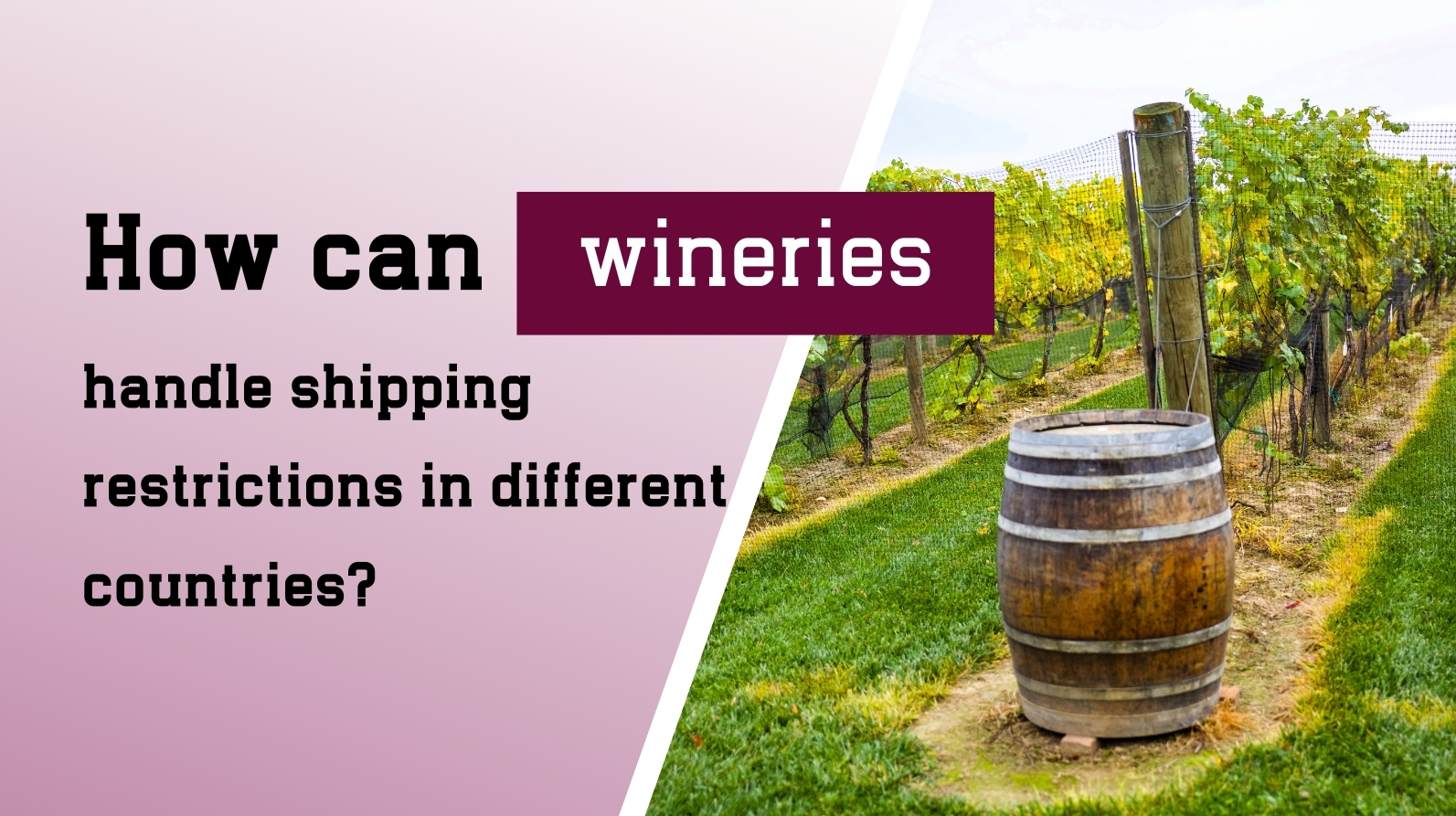Wine Industry Profit Margins: Key Insights, Challenges, and Strategies for Growth
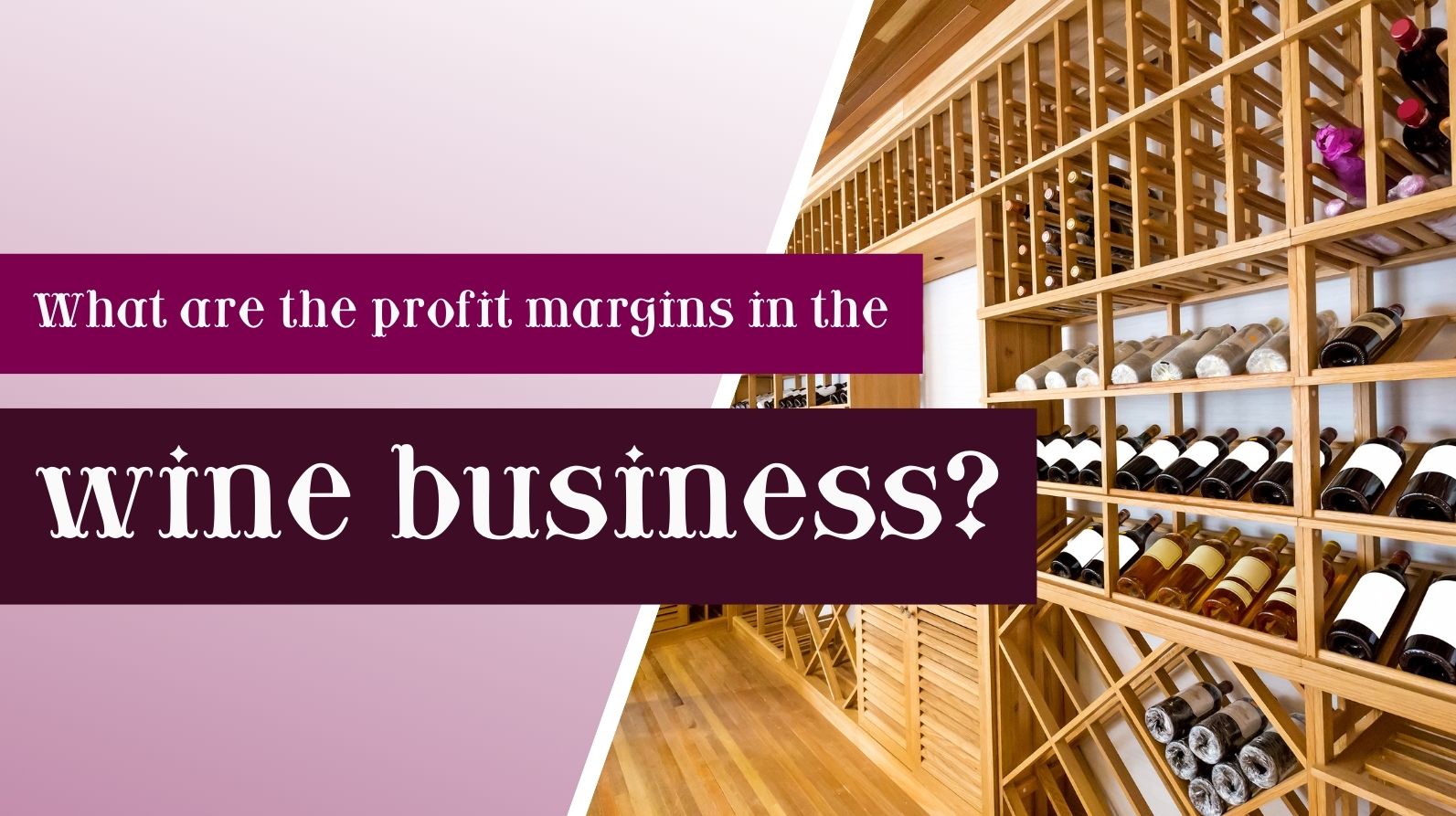
Introduction
The wine industry is a complex and competitive business, with profit margins varying at different stages of production and sales. From vineyards to restaurants, every part of the supply chain plays a role in determining how much profit a winery, distributor, or retailer can make.
Understanding these profit margins helps wine businesses find ways to increase revenue and reduce costs. In this article, we will explore how profits are distributed in the wine industry, the challenges businesses face, and strategies to improve financial success.
Profit Margins in the Wine Supply Chain
Each stage of the wine industry—from growing grapes to selling bottles—has different profit margins. Let’s break down how profits are made at each step.
1. Wineries and Vineyards: Where Wine Begins
Wineries and vineyards generally have gross profit margins of 40% to 60%. This margin covers the difference between sales revenue and the cost of production, including:
✔ Growing grapes (land, water, fertilizers)
✔ Labor costs (workers, winemakers)
✔ Equipment and storage (barrels, fermentation tanks, cellars)
For example, premium wineries in the U.S. reported an average gross margin of 57.5% in 2022. High-end wineries tend to have better profit margins because their brands allow them to charge more for their wines.
2. Distributors and Wholesalers: The Middlemen of the Industry
Distributors and wholesalers connect wineries with retailers and restaurants. They usually have profit margins of 28% to 30%, earning money by:
✔ Buying wine from producers at wholesale prices
✔ Managing storage and transportation
✔ Selling to retailers at a higher price
Distributors that work closely with wineries to promote specific brands can sometimes charge higher prices, increasing their profits.
3. Retailers: Selling Wine to Consumers
Retailers, such as wine shops and liquor stores, add a markup of 30% to 50% to the price they pay distributors. Their costs include:
✔ Store operations (rent, utilities, inventory management)
✔ Employee wages
✔ Marketing and promotions
Retailers that specialize in premium or rare wines often have higher profit margins, especially when they build a loyal customer base.
4. Restaurants and Bars: High Markups for Service and Experience
Restaurants and bars make the highest profits on wine, marking up bottles by 200% to 300%. This means a bottle that costs $20 in a wine shop could be priced at $60 to $80 in a restaurant. The markup covers:
✔ Service and ambiance
✔ Sommelier expertise
✔ Storage and glassware costs
High-end restaurants can justify these prices by offering unique wines and expert recommendations. However, some customers are becoming more price-sensitive, leading to the rise of "BYOB" (Bring Your Own Bottle) policies.
Factors That Affect Profit Margins in the Wine Industry
1. Production Costs
Grape prices change due to climate conditions and supply-demand shifts.
High-end winemaking techniques (oak aging, extended fermentation) increase costs.
Organic and biodynamic farming can require more investment but allow wineries to charge higher prices.
2. Market Demand Trends
Consumer preferences affect how much wine can be sold and at what price.
Younger generations are drinking less wine, choosing craft beer and low-alcohol alternatives instead.
Demand for premium wines allows some wineries to sell at higher prices.
3. Distribution and Sales Channels
Traditional three-tier systems (winery → distributor → retailer) reduce profit margins for producers.
Direct-to-consumer (DTC) sales, such as wine clubs and online stores, increase profits by cutting out middlemen.
Subscription-based wine clubs create steady revenue and build customer loyalty.
4. Competition and Market Challenges
Large brands and boutique wineries compete for customers, which can lower prices.
Trade agreements impact the cost of importing and exporting wine.
E-commerce platforms create new sales opportunities but also increase competition.
Challenges Affecting Wine Industry Profitability
1. Declining Wine Consumption
Global wine consumption has fallen by 12% since its peak in 2007.
Younger consumers prefer low-alcohol drinks, craft cocktails, and non-alcoholic alternatives.
Oversupply in some markets has led to lower prices and declining vineyard values.
2. Overproduction Issues
Even though wine production has declined by 20% over the past two decades, many wineries still have too much inventory.
Bulk wine prices have dropped, making it harder for mid-sized and large producers to stay profitable.
3. Climate Change and Environmental Impact
Droughts, frosts, and wildfires damage vineyards and reduce grape yields.
Sustainability regulations require wineries to invest in eco-friendly farming and winemaking.
Water shortages in major wine regions, such as California and Australia, increase production costs.
Strategies to Improve Profit Margins in the Wine Industry
1. Cutting Costs and Improving Efficiency
✔ Use precision agriculture and AI technology to monitor vineyards and optimize grape-growing.
✔ Reduce waste by adopting sustainable winemaking techniques.
✔ Invest in energy-efficient equipment to lower long-term expenses.
2. Diversifying Revenue Streams
✔ Agritourism → Host wine tastings, vineyard tours, and private events.
✔ Wine Education Classes → Partner with sommeliers to offer tasting workshops.
✔ Limited-Edition Wines → Create exclusive, small-batch wines to attract collectors.
3. Expanding Direct-to-Consumer (DTC) Sales
✔ Build strong wine clubs with subscription-based models.
✔ Improve e-commerce platforms for seamless online sales.
✔ Use social media marketing to engage with wine lovers and create brand loyalty.
4. Brand Differentiation and Premiumization
✔ Develop a unique brand identity through storytelling and authenticity.
✔ Focus on high-quality, distinctive wines that justify higher prices.
✔ Partner with sommeliers and influencers to increase brand visibility.

